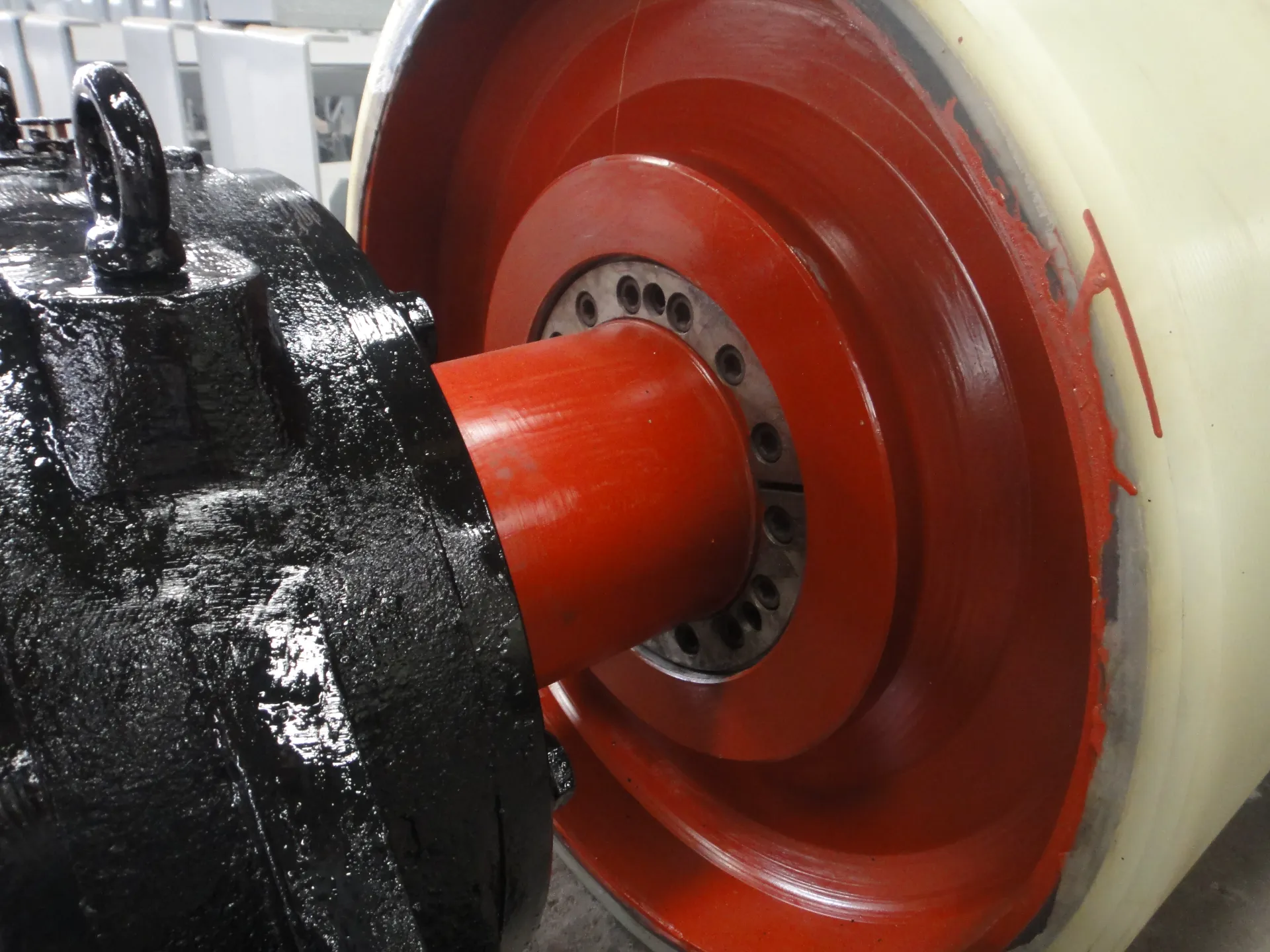 Afrikaans
Afrikaans  Albanian
Albanian  Amharic
Amharic  Arabic
Arabic  Armenian
Armenian  Azerbaijani
Azerbaijani  Basque
Basque  Belarusian
Belarusian  Bengali
Bengali  Bosnian
Bosnian  Bulgarian
Bulgarian  Catalan
Catalan  Cebuano
Cebuano  Corsican
Corsican  Croatian
Croatian  Czech
Czech  Danish
Danish  Dutch
Dutch  English
English  Esperanto
Esperanto  Estonian
Estonian  Finnish
Finnish  French
French  Frisian
Frisian  Galician
Galician  Georgian
Georgian  German
German  Greek
Greek  Gujarati
Gujarati  Haitian Creole
Haitian Creole  hausa
hausa  hawaiian
hawaiian  Hebrew
Hebrew  Hindi
Hindi  Miao
Miao  Hungarian
Hungarian  Icelandic
Icelandic  igbo
igbo  Indonesian
Indonesian  irish
irish  Italian
Italian  Japanese
Japanese  Javanese
Javanese  Kannada
Kannada  kazakh
kazakh  Khmer
Khmer  Rwandese
Rwandese  Korean
Korean  Kurdish
Kurdish  Kyrgyz
Kyrgyz  Lao
Lao  Latin
Latin  Latvian
Latvian  Lithuanian
Lithuanian  Luxembourgish
Luxembourgish  Macedonian
Macedonian  Malgashi
Malgashi  Malay
Malay  Malayalam
Malayalam  Maltese
Maltese  Maori
Maori  Marathi
Marathi  Mongolian
Mongolian  Myanmar
Myanmar  Nepali
Nepali  Norwegian
Norwegian  Norwegian
Norwegian  Occitan
Occitan  Pashto
Pashto  Persian
Persian  Polish
Polish  Portuguese
Portuguese  Punjabi
Punjabi  Romanian
Romanian  Russian
Russian  Samoan
Samoan  Scottish Gaelic
Scottish Gaelic  Serbian
Serbian  Sesotho
Sesotho  Shona
Shona  Sindhi
Sindhi  Sinhala
Sinhala  Slovak
Slovak  Slovenian
Slovenian  Somali
Somali  Spanish
Spanish  Sundanese
Sundanese  Swahili
Swahili  Swedish
Swedish  Tagalog
Tagalog  Tajik
Tajik  Tamil
Tamil  Tatar
Tatar  Telugu
Telugu  Thai
Thai  Turkish
Turkish  Turkmen
Turkmen  Ukrainian
Ukrainian  Urdu
Urdu  Uighur
Uighur  Uzbek
Uzbek  Vietnamese
Vietnamese  Welsh
Welsh  Bantu
Bantu  Yiddish
Yiddish  Yoruba
Yoruba  Zulu
Zulu roller conveyor parts
Understanding Roller Conveyor Parts A Comprehensive Guide
Roller conveyors are essential components in various industries, facilitating the efficient movement of goods and materials. These systems consist of several critical components, each playing a significant role in their functionality. Understanding the different parts of roller conveyors can help businesses optimize their operations and maintenance.
1. Rollers
The most prominent part of any roller conveyor is, of course, the rollers. Typically made from materials like steel, plastic, or aluminum, rollers are designed to support the load being transported. They can vary in diameter, length, and material, depending on the specific application. Steel rollers are often preferred for heavy loads due to their durability, while plastic rollers are suitable for lighter materials and offer corrosion resistance. Additionally, some rollers come with a hard rubber coating to provide better grip and reduce slippage.
2. Frames
The frames of roller conveyors provide structural support and ensure the stability of the entire system. Made from robust materials such as steel or aluminum, these frames are designed to withstand the weight of the transported materials. The design of the frame also plays an essential role in determining the overall layout of the conveyor system, which can be straight, curved, or even spiral, depending on the facility’s requirements.
3. Drive Mechanism
The drive mechanism is responsible for powering the movement of the rollers. This can be achieved through various methods, including manual operation, electric motors, or gravity. In powered roller conveyors, electric motors are commonly used to drive the rollers, allowing for more control over speed and direction. This component is vital for ensuring the smooth and efficient operation of the conveyor system.
4. Bearings
roller conveyor parts

Bearings are crucial in roller conveyors, reducing friction between the rollers and the frame. This helps in extending the life of the rollers and ensures smooth operation. There are different types of bearings used in roller conveyors, such as plain bearings and ball bearings. The choice of bearing can affect the overall efficiency and maintenance requirements of the conveyor system.
5. Idlers
Idlers are supporting rollers that do not drive the conveyor but are essential for guiding and stabilizing the materials. They are typically placed in areas where additional support is required, such as at the loading and unloading zones. Idlers help in maintaining the alignment of the materials, reducing the risk of jamming or misalignment during transport.
6. Stop Gates and Side Rails
Stop gates and side rails are necessary safety features in roller conveyor systems. Stop gates are used to control the flow of materials, allowing operators to halt the movement of products when necessary. Side rails, on the other hand, help contain the materials on the conveyor, preventing them from falling off during transit. These safety components are essential for ensuring a secure operating environment.
7. Maintenance Components
Finally, maintenance components such as tensioners, belts (in powered systems), and cleaning devices are crucial for the longevity of roller conveyors. Regular maintenance and inspections can prevent breakdowns and costly repairs. Proper lubrication of moving parts and timely replacements of worn-out components are essential practices for keeping roller conveyors in optimal working condition.
Conclusion
Roller conveyor systems are vital in enhancing operational efficiency across various industries. Understanding the different parts that constitute roller conveyors allows businesses to make informed decisions regarding their procurement, maintenance, and usage. By investing in the right components and ensuring regular upkeep, companies can maximize the benefits of roller conveyors, leading to increased productivity and reduced operational costs. Whether you are looking to implement a new system or optimize an existing one, familiarity with roller conveyor parts is indispensable.
-
Revolutionizing Conveyor Reliability with Advanced Rubber Lagging PulleysNewsJul.22,2025
-
Powering Precision and Durability with Expert Manufacturers of Conveyor ComponentsNewsJul.22,2025
-
Optimizing Conveyor Systems with Advanced Conveyor AccessoriesNewsJul.22,2025
-
Maximize Conveyor Efficiency with Quality Conveyor Idler PulleysNewsJul.22,2025
-
Future-Proof Your Conveyor System with High-Performance Polyurethane RollerNewsJul.22,2025
-
Driving Efficiency Forward with Quality Idlers and RollersNewsJul.22,2025





























